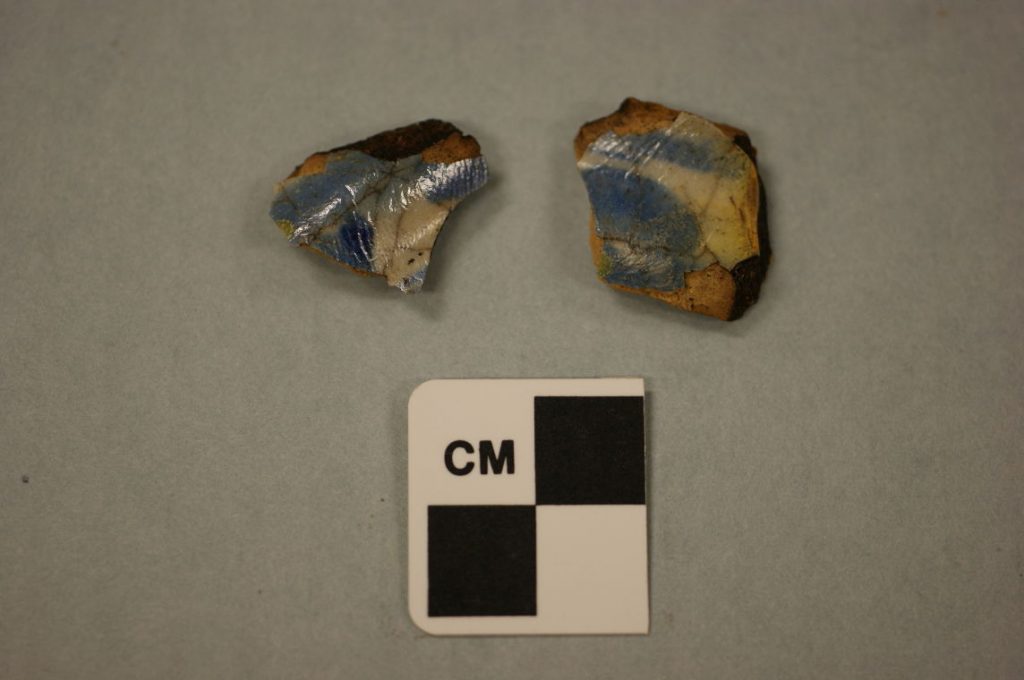
PHOTO: pilotonline.com
MANTEO, NC – Pottery shards that may have belonged to part of a medicine jar from the famous lost colony of Roanoke have been found by local archaeologists.
On March 25, 1584, Queen Elizabeth I gave Sir Walter Raleigh a charter for the colonization of North America. She told him to “discover, search, find out…to have, hold, occupy, and enjoy.” The purpose of the colony was to be an outpost for privateers to raid Spain’s fleets. Raleigh sent two groups to the coast of North Carolina in 1584 and 1585. One of the groups, a group of 115 colonists led by John White, colonized Roanoke Island. During that time, one of Raleigh’s friends, Thomas Harriot, made maps of the region and learned the Algonquin language.
Families were started, children were born, relationships with the local Native Americans were built, and the colony on Roanoke was well established. In 1587, White returned to England to get much-needed supplementary supplies for the colony. He arrived back on July 22 and found nothing except a skeleton.
Nobody knows what happened to the colony. Many archaeologists have attempted to search out evidence for where the settlers may have gone. Most of the evidence suggests that the colonists split up, and bits and pieces of pottery and other artifacts that had, perhaps, belonged to the colony have been found by archaeologists over the years. Researchers have found artifacts in Buxton, Dare County, and Bertie County.
One of the most recent finds are these pottery pieces. They’re about the size of a quarter. They’re a marbled blue, white, and brown color, and were buried in the ground on Roanoke Island. They might be part of a jar Harriot or other colonists used to create medicine, possibly even sassafras. It grows plentifully on the island and the Elizabethan colonists thought it cured syphilis.
It’s one more piece in the giant puzzle that’s the mystery of the Lost Colony of Roanoke. With each discovery, we get closer to finding out what happened to them.
“It was an exciting find! That pottery had something to do with the Elizabethan presence on that island.” – Eric Deetz, Archaeologist with the First Colony Foundation

